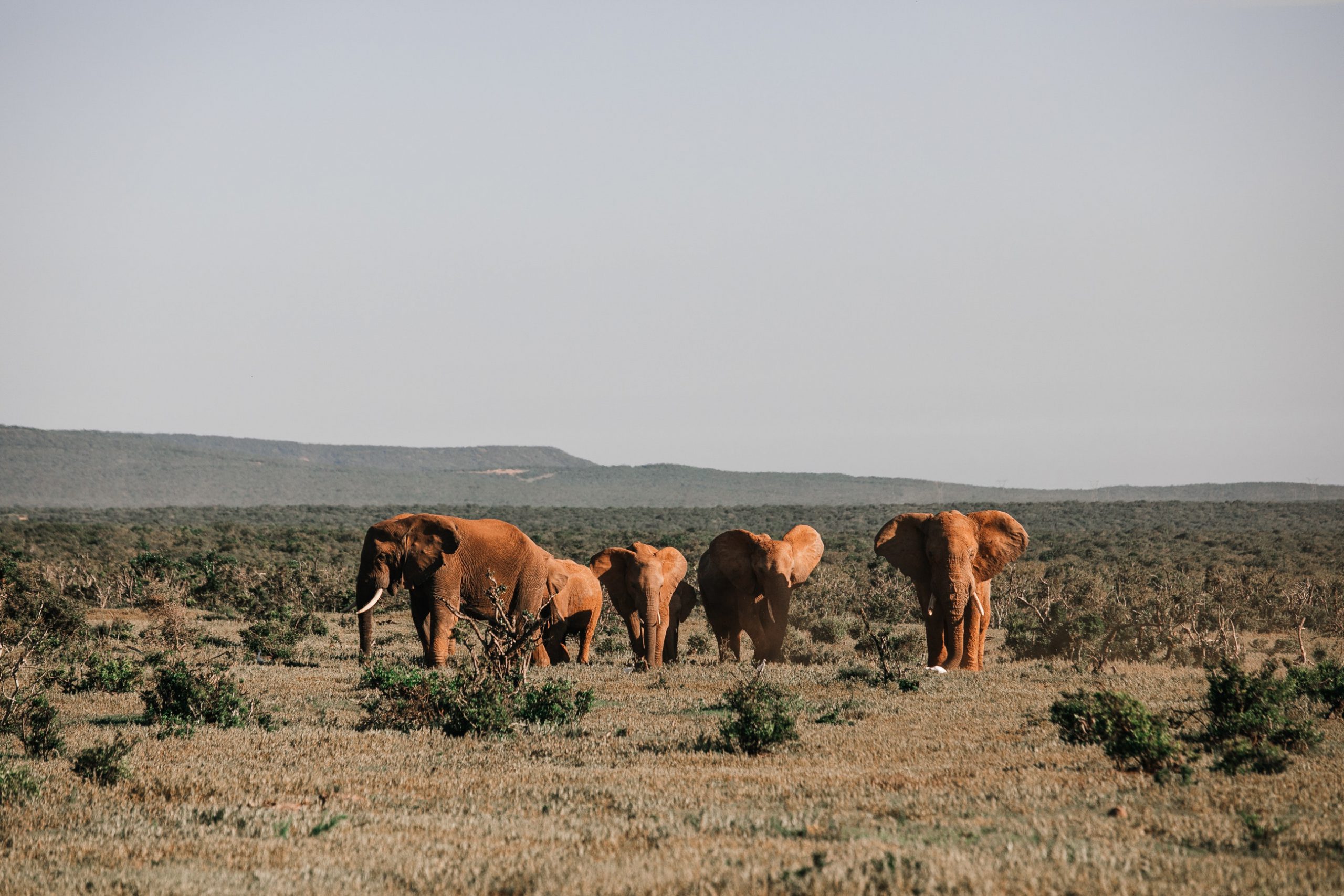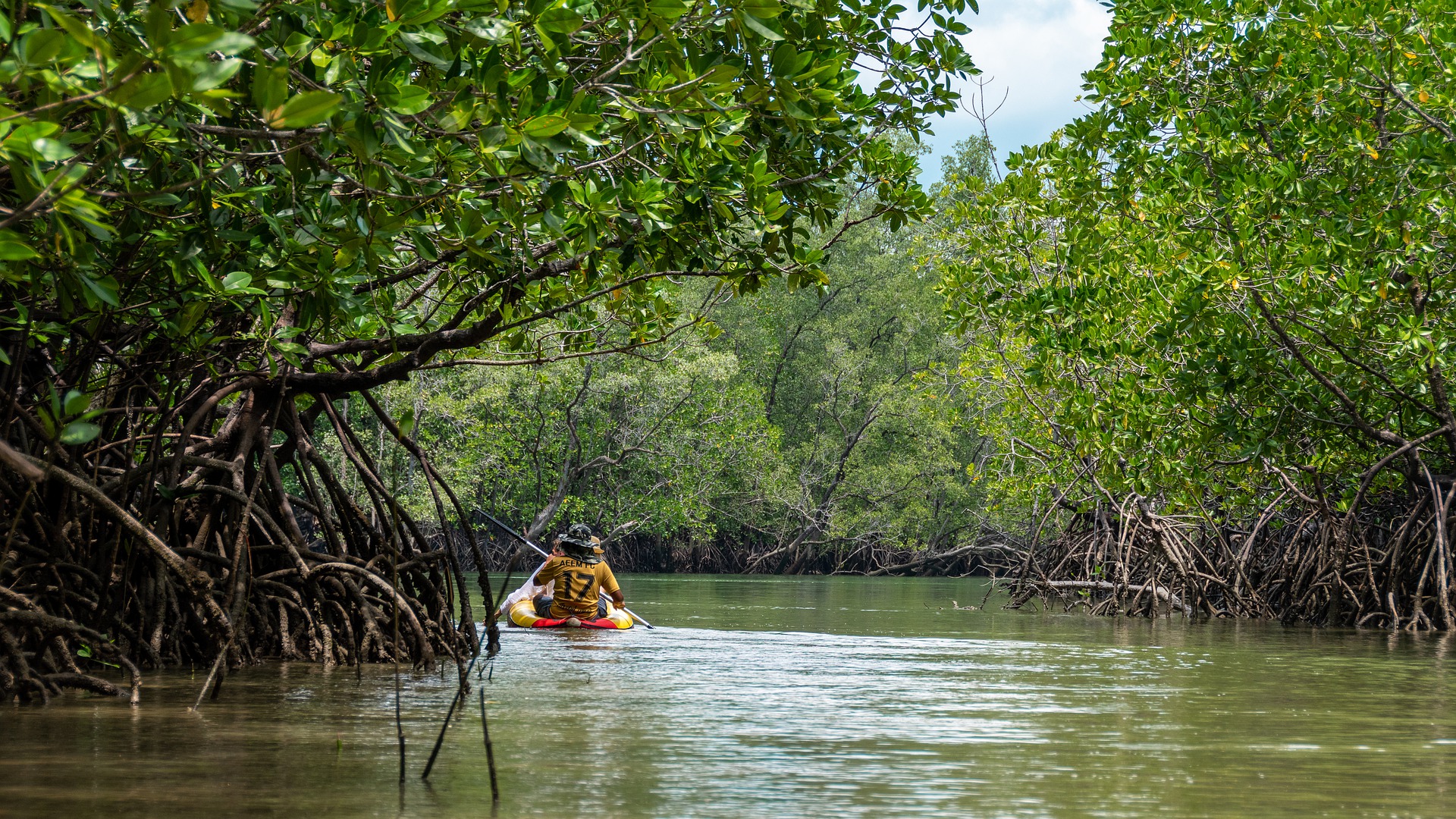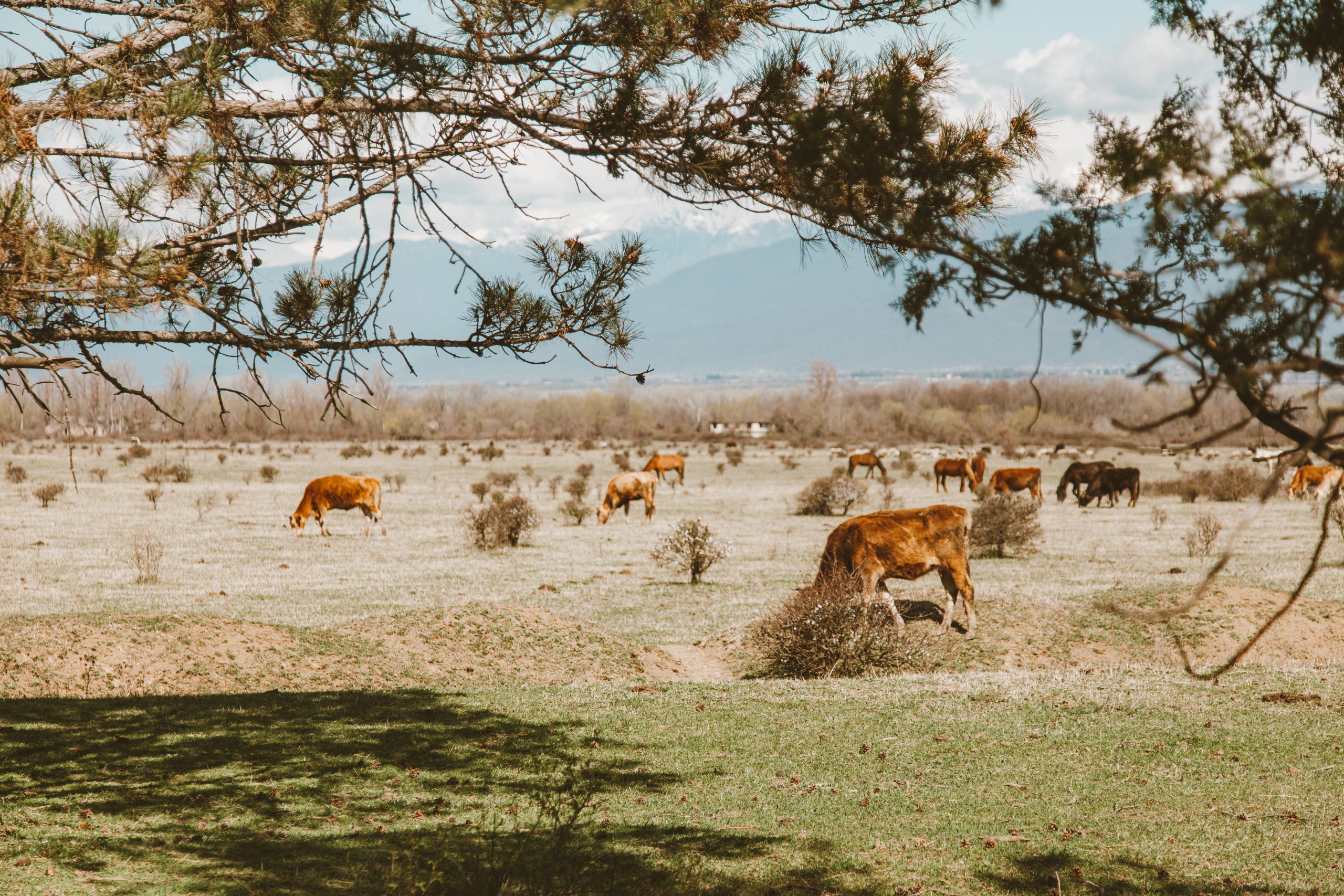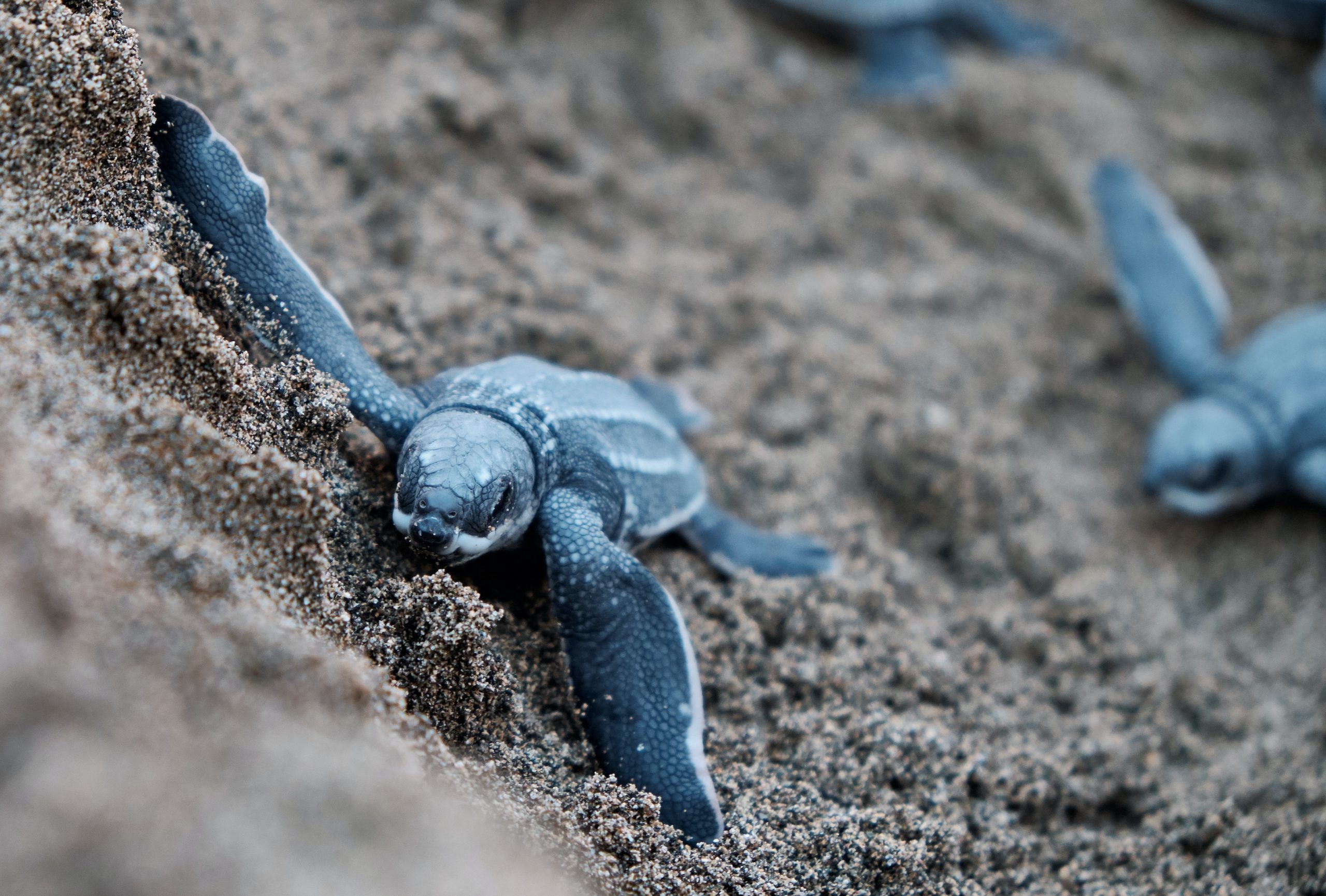The Covid-19 pandemic has affected economies across the world in different ways. The tourism sector in all countries has been one of the hardest affected by the travel restrictions and lockdowns in each country.
Like many, the Zimbabwe Parks and Wildlife Management Authority have suffered from a reduction in tourism over the last year. This week they announced a plan to help raise the revenue they’d lost out on – sell the rights to hunt elephants.

Photo by Rachel Claire
Zimbabwe has the world’s second largest elephant population. During the next hunting season, tourists can buy the right to kill an elephant. There will be 500 licences issues with different prices depending on the size of elephant slaughtered.
A spokesperson for the Zimbabwe Parks and Wildlife Management Authority suggested that anyone who opposes their plan should find another way to help the Authority to reach its required funding goals in order to help maintain the parks and pay their staff.

Photo by Leif Blessing
Wild Browser was founded on the principle of helping wildlife. The Wild Browser app donates all net profits to wildlife charities. The good news is that you can help us with our mission without needing to shoot any wild animals.
Sign up for our beta tests today.
Spread the word to your friends to help us with our beta tests.










